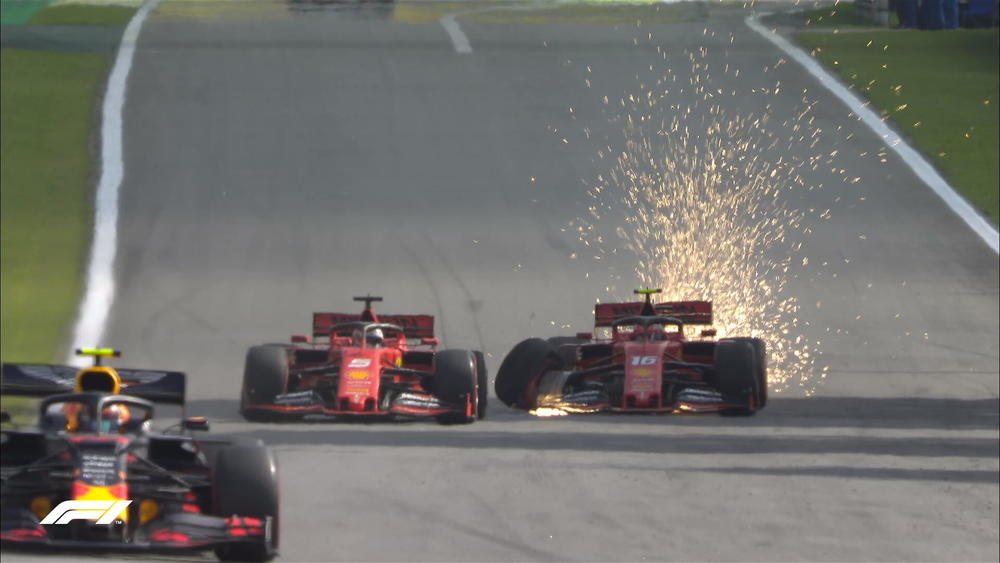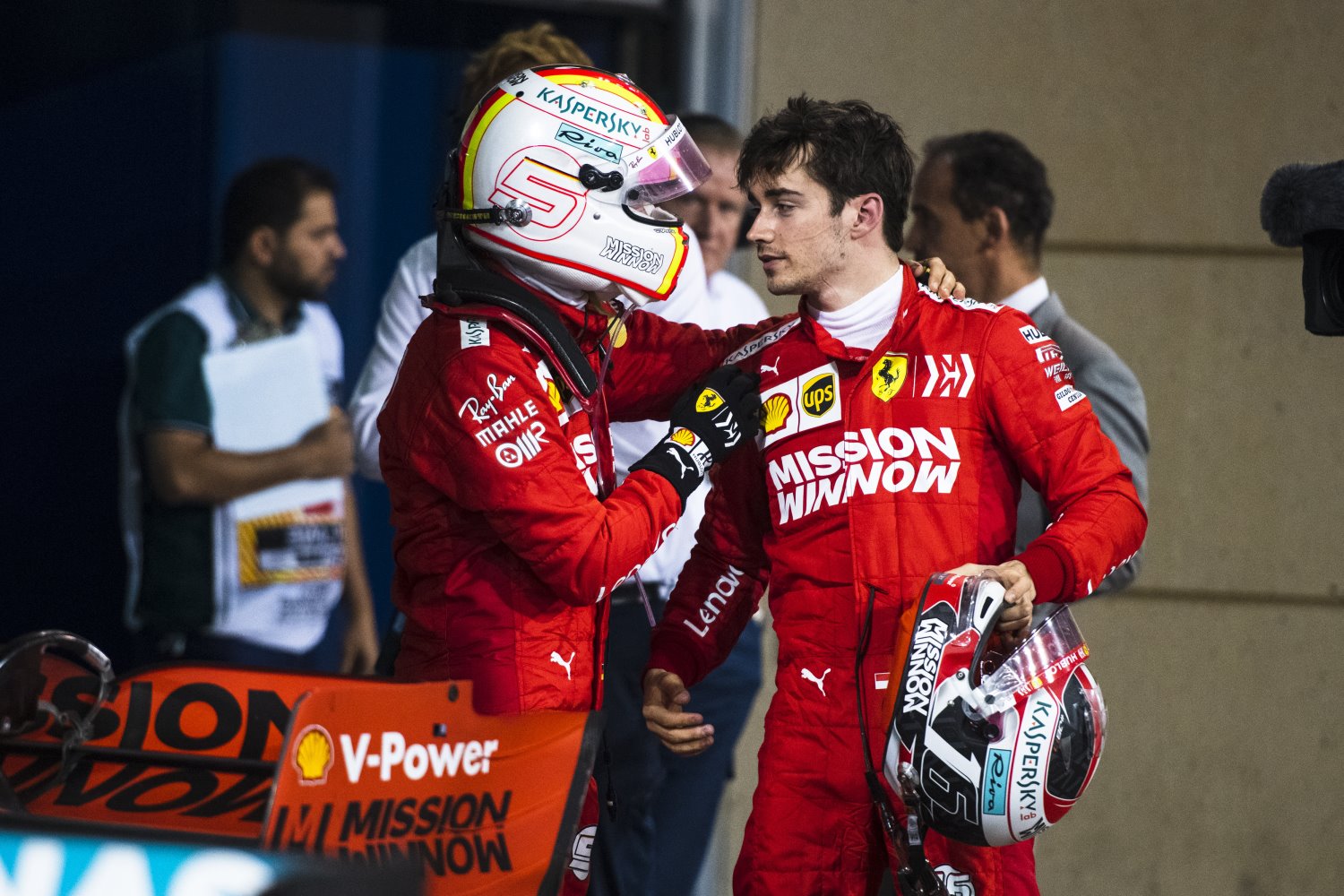When Teammates Turn Into Foes: F1’s Most Explosive Driver Pairings
Heading into the 2025 Formula One season, several driver pairings are stealing the headlines. Last season, we saw McLaren embroiled in somewhat of a civil war with teammates Lando Norris and Oscar Piastri both vying for lead driver status.
Even when the young Brit was in championship contention, he was never truly favored by the papaya outfit, and it remains to be seen whether he will get the nod over his younger Aussie teammate next season.
The one link up that has grabbed most of the headlines, however, is the one at Ferrari. Seven-time world champion Lewis Hamilton has been brought in to partner golden boy Charles Leclerc in a partnership that appears to be a match made in heaven.
At least the bookies think so anyway. Online betting sites such as the popular Bovada website currently make the Scuderia a joint +125 favorite to win the constructor’s championship this season, level with last season’s winners, the aforementioned McLaren.
Whether the new partnership between Hamilton and Leclerc is a match made in heaven remains to be seen, and you’ll have to check back in with the Bovada website to see their perspective on how things are unfolding. But one thing that is for certain is that the powers that be at Maranello will be hoping that the newly minted duo doesn’t follow in these footsteps.
Teammates Sebastian Vettel and Charles Leclerc
Both Ferrari and Leclerc have been in this situation before. Back in 2019, they paired the ambitious young Leclerc with experienced four-time world champion Sebastian Vettel, and many expected the former Red Bull icon to be the clear lead driver. Heading into that maiden campaign together, the German appeared to have the edge within the team, with years of experience and a glowing resume.
But Leclerc was no ordinary rookie. Anyone thinking that he would simply be happy to drive in the famed scarlet red would be forced to think again almost immediately. The resilient Monegasque sensation was ready to challenge Vettel’s throne from day one.
Their rivalry began brewing early in the campaign, with tensions sharply escalating at the Bahrain Grand Prix. Leclerc was visibly quicker, qualifying on pole and breezing toward victory before his engine gave up on him. Even still, he managed to finish well clear of Vettel, having to settle for third place behind the two Mercedes of Hamilton and Bottas.
As the campaign progressed, it was clear that the young stud was the quicker of the two. He picked up back-to-back victories at Spa and Monza, and he looked poised to make it three on the spin in Singapore before a strategy blunder handed the victory to his teammate. The decision fueled the young understudy, and in Russia, things came to a head once more when both drivers defied team orders to maintain track position, ultimately costing Leclerc dearly once more.
The conflict reached a boiling point at the 2019 Brazilian Grand Prix, where disaster struck. Battling fiercely on track, the duo collided in what was an avoidable clash, resulting in both cars retiring. That crash captured the essence of their uneasy relationship — two drivers unwilling to yield, even if it meant derailing the team’s chances.

By 2020, it was clear who Ferrari’s favorite son was. Leclerc outpaced Vettel in nearly every race, shining despite Ferrari’s underwhelming car performance. Then, the Italian team pulled the trigger. They announced that Carlos Sainz would be heading to Ferrari at the end of the season, replacing Vettel. The decision stunned the paddock and announced that Leclerc had won the war once and for all. Five years later, the Monegasque man is now a championship contender, while his two-time German teammate finds himself exiled in retirement.
Teammates Fernando Alonso and Lewis Hamilton
When a two-time world champion like Fernando Alonso partners with a rookie, you’d expect the veteran to rule the roost. But Lewis Hamilton wasn’t just any debutant. Arriving at McLaren in 2007, the Brit’s undeniable talent quickly disrupted the perceived status quo—and the Spaniard’s ego wasn’t willing to accommodate.
Throughout the first two races, everything appeared to be going to plan. Alonso was finishing ahead of his younger teammate, but Hamilton was still impressive, finishing both Grand Prix on the podium. Then, however, things changed.
The rookie began to outperform the reigning double world champion, finishing ahead of him in the next two races. Then in Monaco, the Brit was visibly faster, and he was all over his teammate’s gearbox the entire race, even having to be told to slow down and hold position by McLaren team principal Ron Dennis. Hamilton obeyed, barely, sitting right on Alonso’s tail throughout the race but never attempting an overtake.
A week later, the would-be seven-time champ won for the first time in Canada, and his teammate finished way down in seventh, swapping the two drivers in the championship standings.
The tipping point came at the Hungarian Grand Prix that year. During qualifying, a bitter Alonso intentionally delayed Hamilton in the pit lane, ensuring the Briton couldn’t complete a final lap. The Spaniard duly claimed pole position before being punished by the stewards for his antics.
McLaren’s attempts to control the situation backfired, leaving the feud out in the open. The situation spiraled into chaos when accusations surfaced that Alonso had attempted to blackmail Dennis over data-sharing allegations aptly named ‘Spygate’ – a scandal that would rock Formula One. The British team was disqualified from the constructors championship for their role in the debacle, but their two drivers were still allowed to compete in the driver’s championship, and they duly went head-to-head.
Despite McLaren’s dominant car, their inability to manage the infighting allowed Kimi Räikkönen to snatch the championship for Ferrari on the final day after a thriller in Brazil. Alonso would leave McLaren after just one explosive season, returning to Renault where he won his two titles. Hamilton, meanwhile emerged stronger, winning his first title the following year with a final lap overtake of Timo Glock before ultimately going on to dominate F1 with Mercedes in the era when the Mercedes cars had the dominate car and engine.
